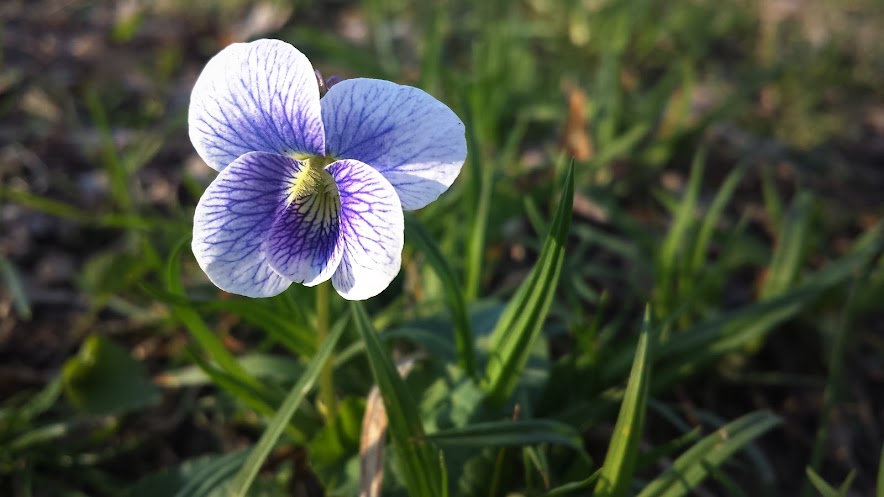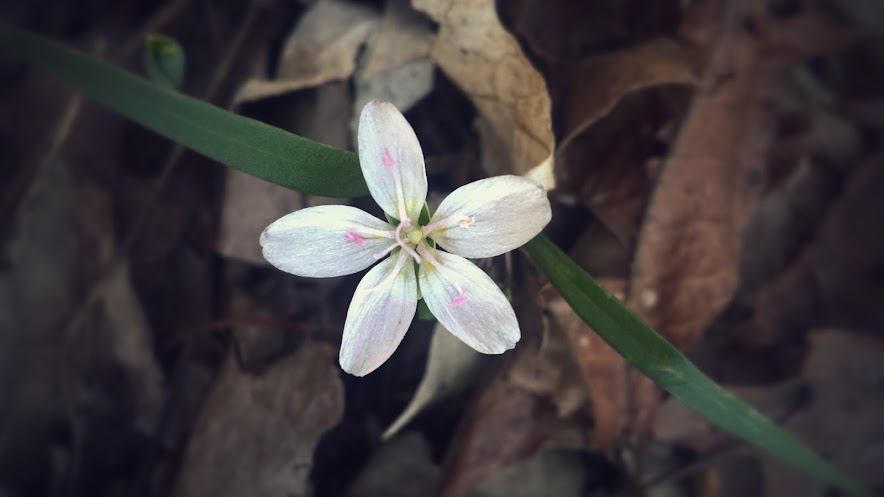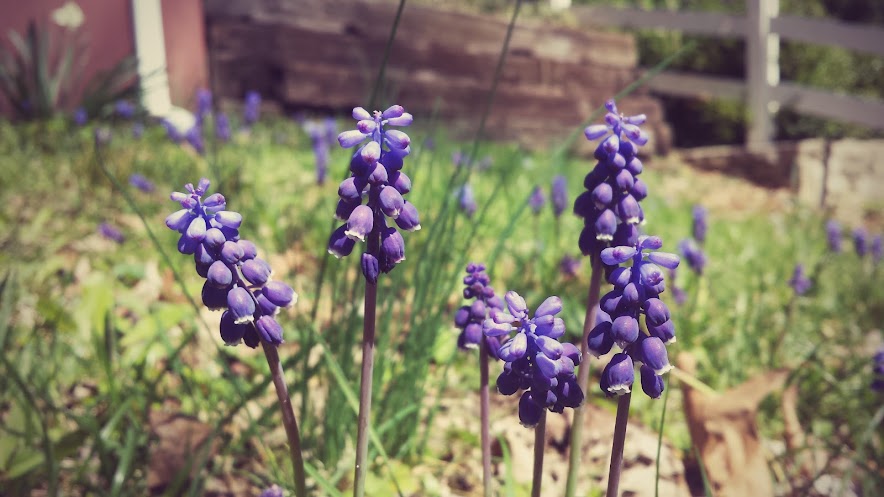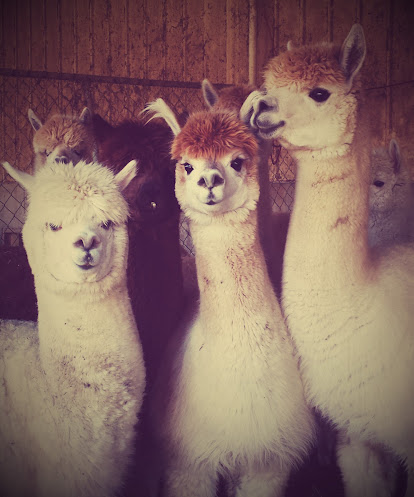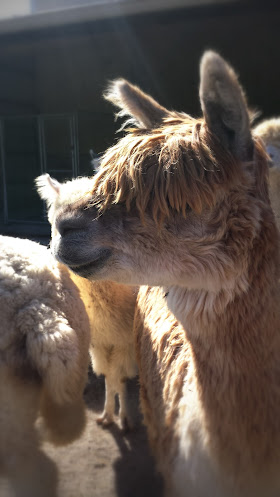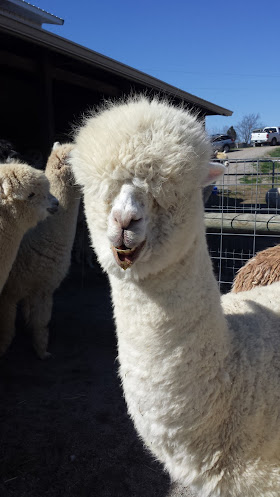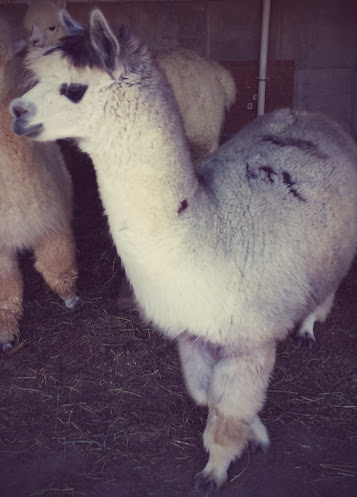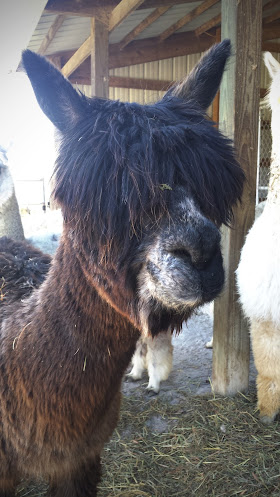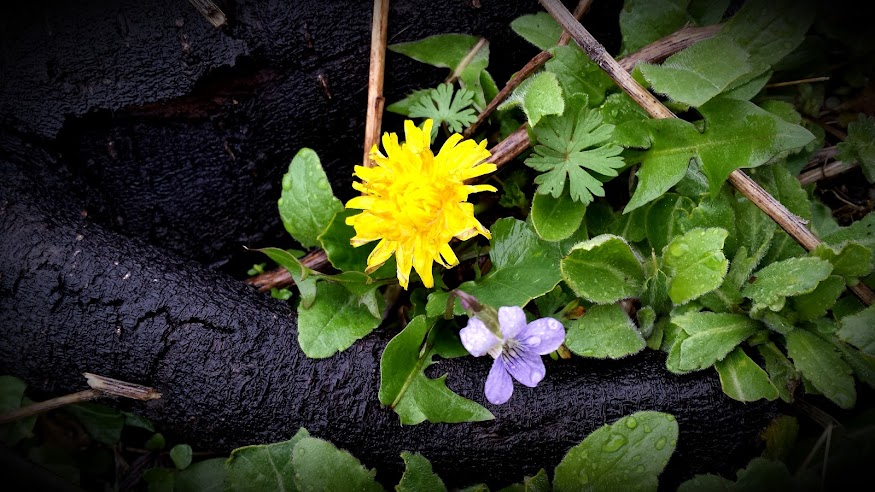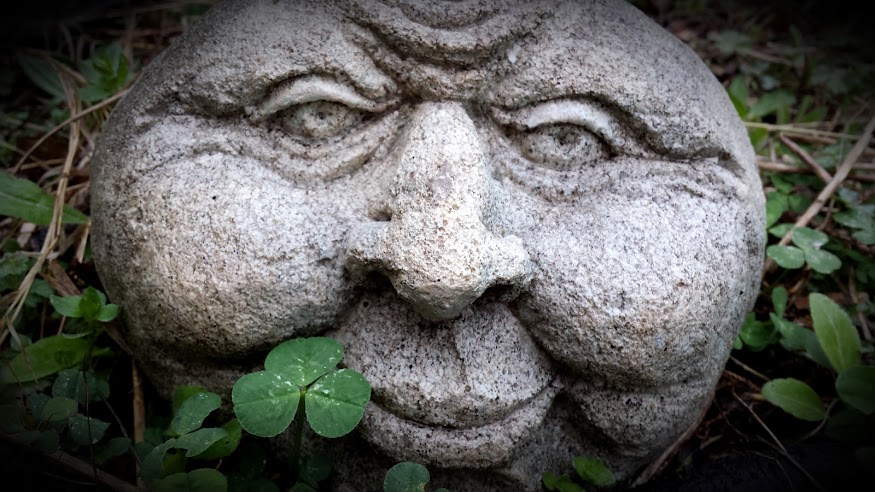I don’t know a lot about plants. I mean, I took botany in college as a requirement for my then bio major, but I don’t have that deep-seated intimate knowledge of plants that some people do. I do ok growing them. Houseplants and I get along so-so, usually better if I ignore them most of the time. I garden better in the country than I do in the city. The way I see it, successful gardening has a lot more to do with the plants’ tenacity and will to live and propagate than it does with me having a green thumb. My thumbs are just ordinary thumbs after all.
Japanese Knotweed
But plants fascinate me. I love them. Which is why I am trying to be a better gardener. But it wasn’t the desire to grow more vegetables that sparked this love, nor was it a blossoming need to fill flower beds (see what I did there?), although both of those things are true. It was weeds. Well, truthfully, it was one particular weed that made me start looking around at the fascinating world volunteering their growth all around us: Polygonum cuspidatum. This plant was growing in our yard when we moved in to our house 7 years ago. Didn’t know what it was. It looks like bamboo, and the bees are crazy about the flowers. Swarms of bees. So many bees, in fact, that the kids had a hard time playing in the back yard where this plant had absolutely taken over a 30ft section of fence. So I took a sample of it to the Missouri Botanical Garden for an ID. Japanese knotweed, they said. Invasive. Get rid of it! So I did.
At least I thought I did. Because the next year, it was back. This time instead of pulling it, I dug it up. All the roots I could find. But the next year, it came back again. Turns out that ANY little knob of root left in the ground will sprout. And it didn’t help that two of my neighbors let it grow all along their fence-line. So this time I dug, removed roots, and put down weed barrier. Well, all I had was newspaper, but I laid down a ridiculously thick layer of it all along the back fence, and then recovered it will soil. And this seemed to work. For a while. The polygonum is back, but in pull-able amounts. And in the seven years that I’ve been battling the polygonum, I’ve had a change of heart. I’ve decided that I just can’t hate a plant that is so damned determined to grow. So, I give it a little space now—just a little—and keep it from choking out the rest of the garden. We have a tentative truce. Not enough for me to take pictures of it, though.
Lady’s Thumb
My relationship with other weeds is much friendlier. After I learned about the polygonum, I started looking around at all the other plants growing in my yard. Part of this, I think, was just the newness of owning my own patch of land for the first time, which meant that every plant was potentially precious just by virtue of it growing on my soil. One of the first I noticed was this little sweetie:

I think this is Polygonum pensylvanicum
As best as I can tell, it is polygonum pensylvanicum (used to be classified as a persicaria), also known as smartweed and lady’s thumb among others. Most consider this a very invasive weed. It is really quite lovely, however. It braves the intense heat of the summer without withering, and it blooms for a very long time. It’s also pretty easy to control by mowing. So we let it grow in mounds in places where it seems happy and where other things are more reluctant to grow—like things I intentionally plant. This plant is native to North America, and I found information suggesting that it was used medicinally by various tribes for diarrhea and hemorrhages. Some species are said to be edible, although they are reported to be very, very peppery. I have no desire to eat them, but I find this kind of information interesting.
Creeping Charlie
Another beautiful plant that likes to grow in my yard is creeping charlie. It’s probably my favorite volunteer because of the gorgeous ground cover that it provides year after year under the trees and bushes I planted at the back of the yard (formerly Japanese knotweed territory). It is most beautiful in spring when it is in full bloom, although the greenery stays pretty lush for most of the year, dying back only after a deep frost has occurred. It tolerates the whole summer without ever being watered. It is easily manicured into a border by mowing. Creeping charlie has medicinal uses and has also historically been used for some culinary purposes, although the safety of this is disputed. Again, I don’t want to eat it, I’m just happy that it volunteered itself as ground cover around my back tree garden.

creeping charlie
This is a picture of the area where it is now growing with abandon. I linked because the tags are helpful. In this picture, all these trees and shrubs are only a year old in the ground, and the creeping charlie is just clustered around the base of each. Now it has spread across the entirety of the back fenceline in a lush, deep ground cover. I’ll have to get a good picture of it next spring. It’s really pretty. I’d take a picture of how it looks now, but my camera is borked, and the phone camera is just barely getting me by—by which I mean that every time I take a picture with it, I want to throw it against the wall. I miss my camera. Here is a patch of it, though.

creeping charlie = great ground cover
Pokeweed
Pokeweed. Pokeberry. Poke. Phytolacca americana. It grows all over the farm where I grew up in the Ozarks, and I’ve always loved it’s magenta-stemmed and purple-berried gorgeousness. I remember the first time I really noticed this plant. I was maybe 14 years old and was out riding fence with my dad. We came out of the woods and into one of the upper pastures, and I saw this giant magenta plant full of long clusters of purple-black berries. It had to have been 7 feet tall, and the stem was very thick. It looked like something from an alien planet—far too exotic for some farm in Southeast Missouri. But no, it was just poke. I was taught that it’s poisonous, and it wasn’t until I got married and was blessed with the chance to meet my husband’s wise and wonderful Gran that I learned that in many parts of southern Missouri (and indeed the South), it is eaten as “poke salat”. Gran says that she was sent out as a child to pick the young, tender leaves to cook. Still, it is regarded as a highly toxic plant, regardless of how many people grew up eating it every spring. Poke is apparently also being researched medicinal use for both AIDS and cancer. Way to go, poke!
Poke has only chosen a few places in my yard to grow. Here we’ve got a beautiful specimen of pokeweed growing up beside the compost pile.

Pokeweed, soon I will dye with you!
I am more comfortable with the greens from my garden or from the local farmer’s market to bother eating the poke growing in my yard. No, I’ve got a far better purpose for it in mind: dyeing yarn. Using the berries to create the dyebath produces the same gorgeous magenta colour as found on the stems of the plant. For a long time, it was not considered a fast dye (meaning that it either washes out or bleaches quickly in the sun). But a local dyer named Carol Leigh developed a way to make the dye fast by mordanting the fiber in vinegar. I discovered this in the very awesome book Harvesting Color by Rebecca Burgess, who studied with Leigh when researching recipes for the book. Now I cannot wait to try it this fall! It takes a lot of berries, so I’ll be harvesting at the Farm, too.
Dandelion
One of the most abundant and welcome volunteers in my yard is the noble dandelion. You can make wine, tea, salad, medicine, and dye all with this one weed. I say weed only because of the number of people who try to eradicate dandelions from their yards. They know not what they do. Dandelions make me smile. I happily give them all the space they want to grow.

i love dandelions
Violets
Then there is the wonderful violet. Often overlooked, but this is a mistake. Violets will grow like nobody’s business if you just give them a chance. They are edible and medicinal and generally a lovely plant to have around. Right now I’ve got violets growing for me in pots, in all of my garden beds, around my roses, and in my yard. All volunteers. Anything that works so hard to grow so prettily deserves a spot in my garden. I freely admit to talking to the violets. We’re friends.

a big colony of violets in the west garden bed. gorgeous when they are blooming, and lovely ground cover the rest of the year.
That is all for now. The rest of the volunteers will have to wait for Part 2. I hope that this encourages you to take a closer look at all the cool weeds growing around you, and maybe think of ways of giving them space in your garden and in your life. Taking the time to develop a more intimate awareness of these plants has enriched my life. It has helped me remember to be aware of what is right under my feet, and it keeps me from taking things for granted.
Posted in
unlabeled goodness and tagged
creeping charlie,
culinary plants,
dandelions,
dye plants,
gardening,
ground cover,
hospitality,
knotweed,
medicinal plants,
natural dyeing,
plants,
pokeweed,
polygonum,
violets,
volunteers,
weeds
